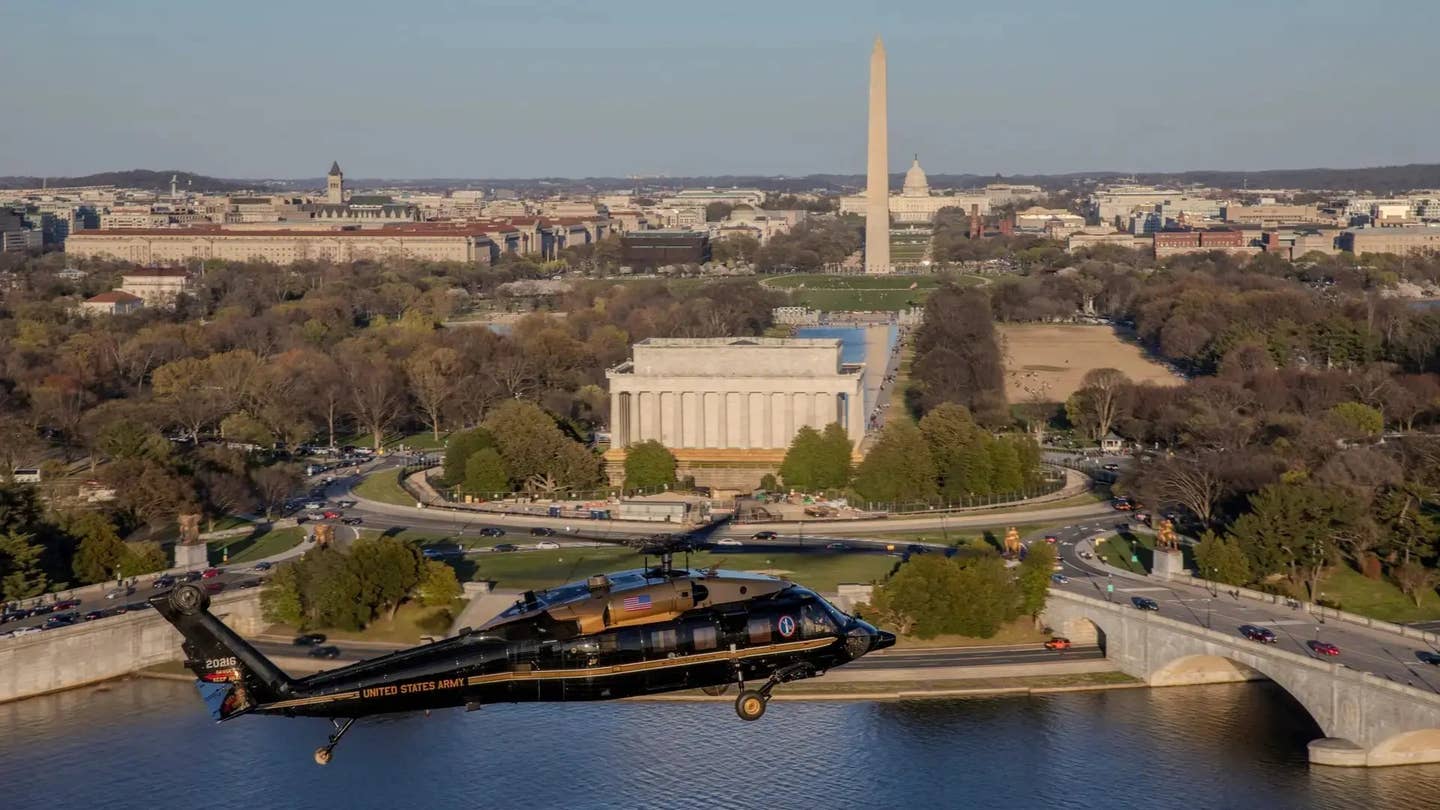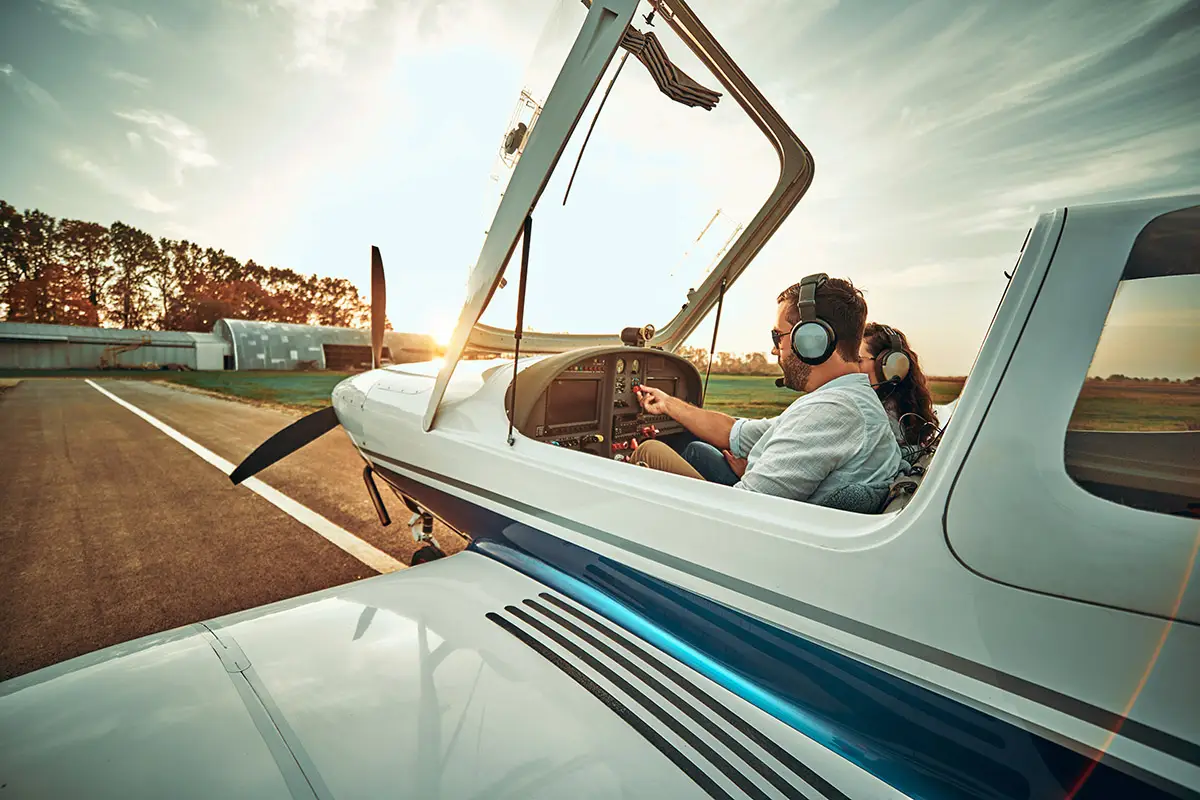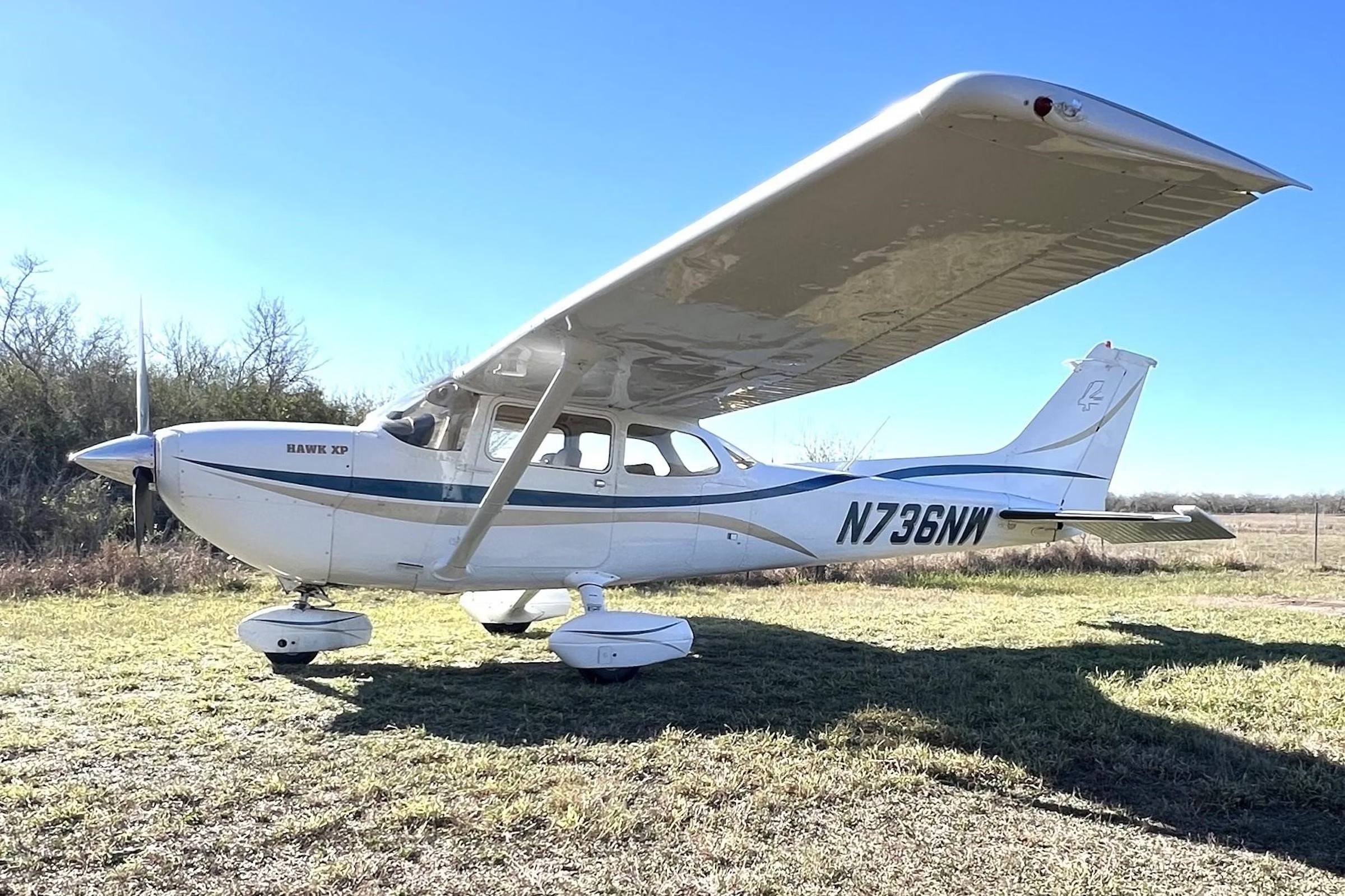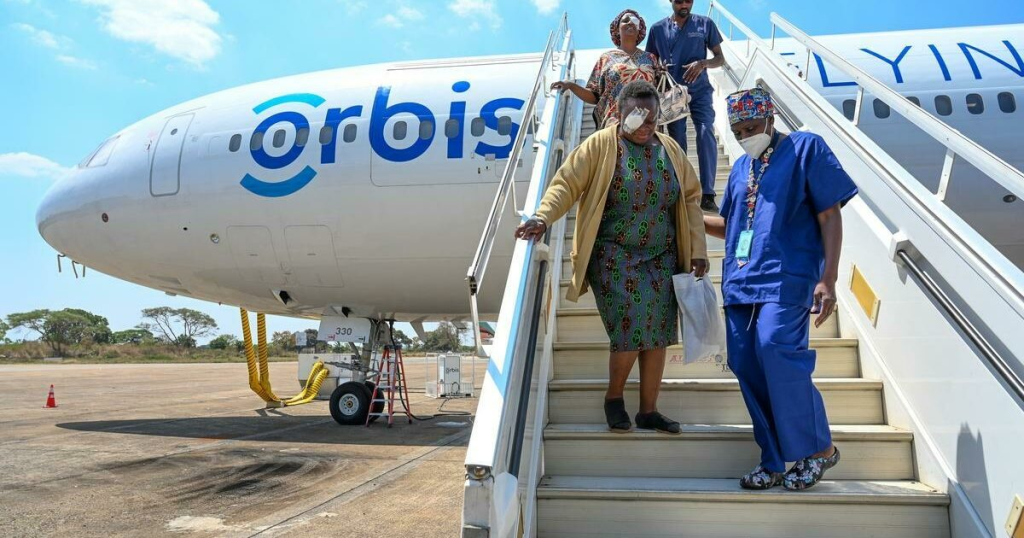Report: Pilot of Black Hawk in Fatal Collision Failed to Heed Instructions
Army helicopter pilot involved in a deadly January crash may not have changed course as directed.

Pilot error may be among the factors that caused a collision between a U.S. Army helicopter and commercial passenger jet in January, per a New York Times report. [Courtesy: Nicholas Priest/U.S. Air Force]
Pilot error may have played a role in the January collision between a U.S. Army UH-60 Black Hawk helicopter and Bombardier CRJ-700 jet operating American Eagle Flight 5342, which killed all 67 people aboard both aircraft.
According to a New York Times report, Captain Rebecca Lobach—who was piloting the Black Hawk for an annual evaluation flight in the airspace near Ronald Reagan Washington National Airport (KDCA)—failed to heed a directive from her instructor. It is unclear why Lobach did not turn left as instructed, which would have increased separation between the two aircraft.
The report also placed responsibility on the air traffic controller managing the aircraft, as well as technology and procedures that may have created an unsafe situation.
“Multiple layers of safety precautions failed that night,” Katie Thomson, former deputy director of the FAA under President Joe Biden, told the Times.
The National Transportation Safety Board (NTSB) is continuing to investigate and expects to issue a final report in early 2026. A preliminary report was published in March alongside a separate report that urged the FAA to take “immediate action” to prevent future collisions. The regulator has already implemented some NTSB recommendations.
Confusion in the Cockpit
Lobach, her instructor, Chief Warrant Officer 2 Andrew Loyd Eaves, and a crew chief, Staff Sergeant Ryan Austin O’Hara, lifted off in the Black Hawk around 6:45 p.m. EDT on the evening of January 29. The flight was intended to evaluate Lobach’s piloting skills. Lobach was the highest ranking member of the crew, but Eaves and O’Hara each had logged more than double her flight hours.
Lobach sat in the front left seat, with Eaves to her right. Initially, Eaves piloted the aircraft while Lobach handled radio communications. Their responsibilities switched after they made contact with the control tower at Reagan National Airport around 8:30 p.m. Both were believed to be wearing night vision goggles.
About 15 seconds before impact, cockpit voice recorder data indicated that Eaves, who at that time had assumed visual separation responsibilities, told Lobach he believed air traffic control (ATC) was telling them to move left. But per the Times report, no left turn was made.
Investigators also believe Eaves and Lobach may have missed critical instructions when they pressed their microphone keys to speak, such as ATC’s directive to “pass behind” the passenger jet about 17 seconds before impact. Seconds earlier, the controller had asked the crew if it had the CRJ in sight, but received no response. A conflict alert in the control tower could be heard in the background of the cockpit voice recording.
Breathing Room
Turning left would have given the Black Hawk greater separation from the passenger jet in a congested portion of airspace.
The helicopter was following KDCA’s helicopter route 4 over the Potomac River, crossing the jet’s path as it approached the airport’s runway 33 at about 300 feet. According to the National Transportation Safety Board’s preliminary investigation, helicopters flying along that portion of route 4—which has a maximum allowable altitude of 200 feet—have only 75 feet of separation from aircraft approaching runway 33.
Per flight data recorder data, the Black Hawk’s last recorded altitude was 278 feet. Earlier in the flight, Lobach reported an altitude of 300 feet, while Eaves about 40 seconds later indicated they were at 400 feet, per the Times. But neither addressed the discrepancy.
The NTSB investigation revealed a history of close calls between helicopters and commercial airplanes at KDCA, including at least one traffic collision avoidance system (TCAS) advisory every month from 2011 to 2024. More than half of those incidents may have involved a helicopter flying above its permitted altitude, and two-thirds occurred at night. Further, between October 2021 and December 2024, there were 85 recorded instances where a helicopter and commercial aircraft had less than 200 feet of vertical separation.
In response, the FAA in March eliminated the portion of route 4 where the collision occurred and barred all “nonessential” helicopter operations at KDCA, among other measures.
Controller Complications
Some regulators and controllers told the Times that the controller overseeing the helicopter and passenger jet could have done more to prevent the tragedy.
After alerting the Black Hawk that the CRJ was in its vicinity, the controller granted Eaves’ request for visual separation. The procedure—which transfers the responsibility to see and avoid nearby traffic from the control tower to the pilot—is routine and considered a way for controllers to move traffic more efficiently. It has also been scrutinized by regulators as a factor in at least 40 fatal collisions since 2010, the Times reported, citing NTSB data.
The controller continued to monitor the aircraft after the Black Hawk assumed see and avoid responsibilities but did not provide information about the jet’s location, flight path, or distance from the helicopter. Per the FAA, controllers must “advise the pilots if the radar targets appear likely to merge” even under visual separation conditions. The regulator has since limited use of visual separation at KDCA to only certain helicopters.
A few factors complicated the job for the controller, who was not named by the Times.
Per the report, he had been stationed at KDCA for about two years and worked seven hours on the day of the collision. Around 7 p.m., the controller took over combined duties managing both helicopter and fixed-wing traffic, which is not uncommon and was approved by a supervisor. Both aircraft were in contact with the controller by 8:43 p.m. Typically, though, duties are combined later in the day, when traffic is slower. The FAA later described staffing conditions in the tower—which was already shorthanded—as “not normal” that day.
The controller may also have struggled to pinpoint the Black Hawk’s location. Per the NTSB, the helicopter was capable of transmitting ADS-B Out data, which updates position, speed, and altitude data about once per second. But because the mission was considered confidential, the Times reported, ADS-B Out was turned off. The controller instead relied on the helicopter’s transponder sending pings every five to 12 seconds.
In a March hearing, NTSB chair Jennifer Homendy said the agency is investigating the “potential for equipment malfunction” with Black Hawk ADS-B Out systems. Homendy said the UH-60 involved in the collision had not transmitted ADS-B data to FAA ground stations for more than two years prior to the accident, which she called “abnormal.”
Later in the hearing, acting FAA Administrator Chris Rocheleau announced that the regulator would require any aircraft traveling through KDCA Class B airspace to turn on ADS-B Out. Brigadier General Matthew Braman said the Army issued interim guidance to increase the risk level associated with approving ADS-B Out-off operations.

Sign-up for newsletters & special offers!
Get the latest FLYING stories & special offers delivered directly to your inbox






